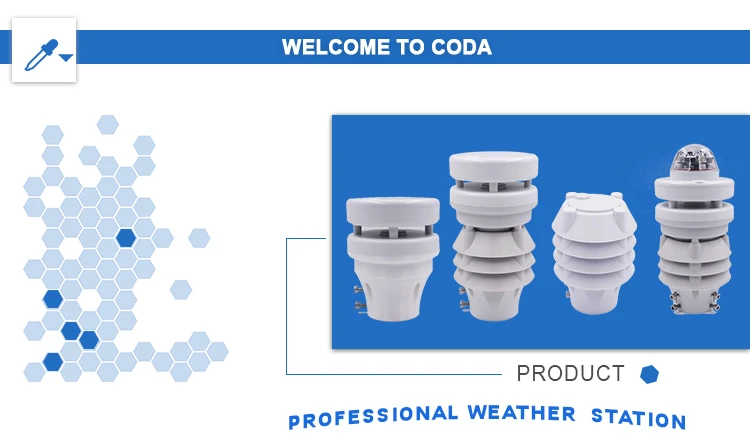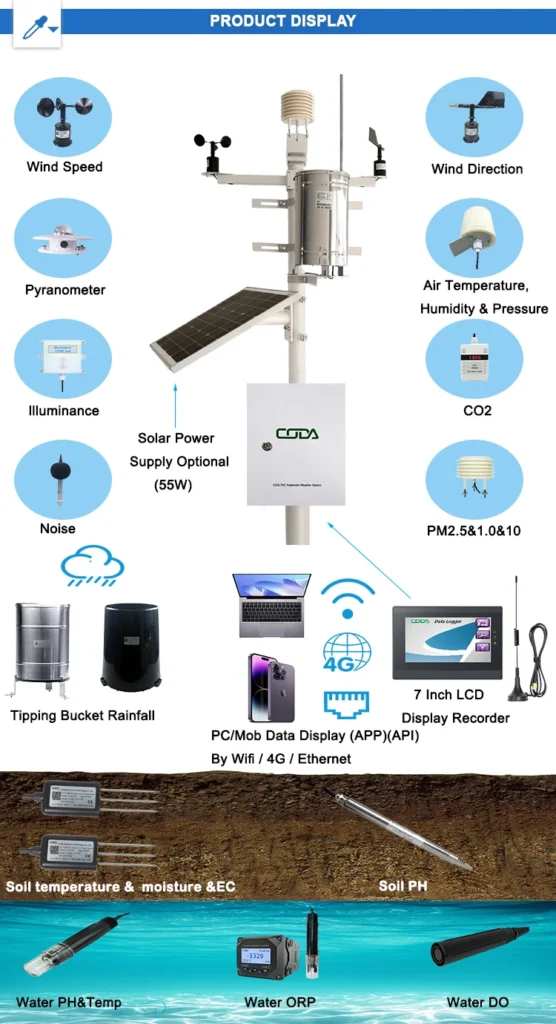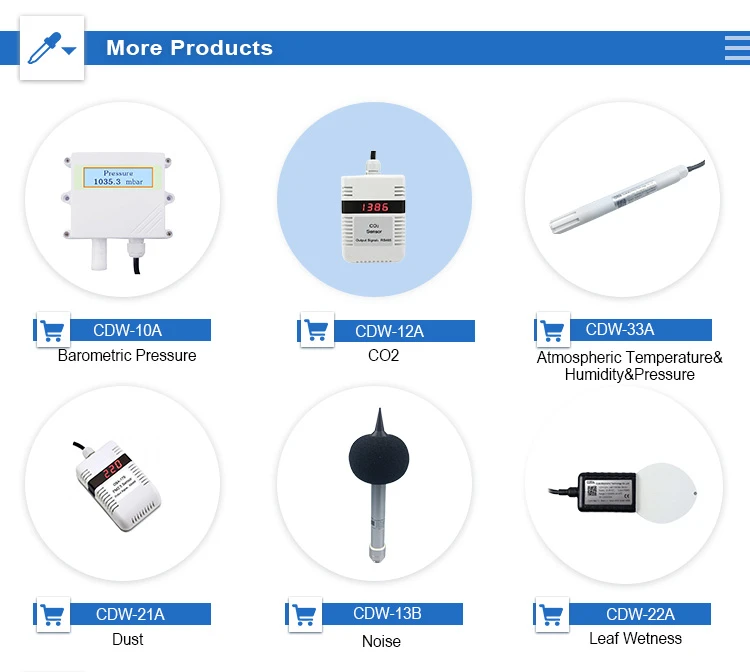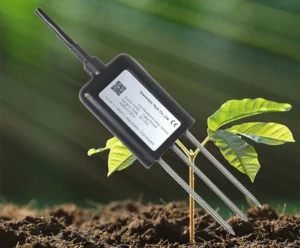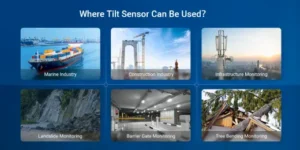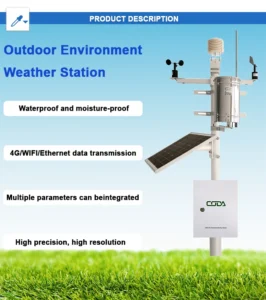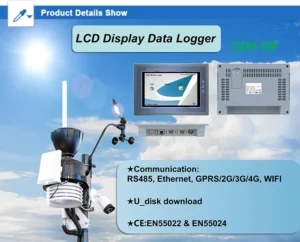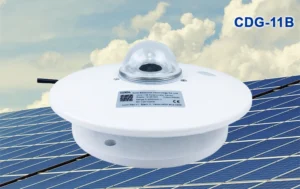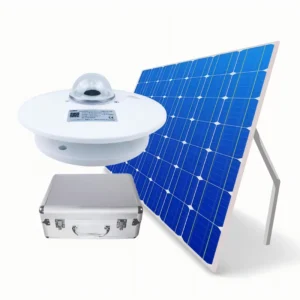instruments to measure weather tools | weather measuring instruments
Weather instruments are important for watching and studying the weather. Old tools like wind vanes and new digital weather stations help us understand weather patterns more clearly.
These devices have made a big difference in how we study the weather. This overview shows the top 10 weather tools. These tools are known for being accurate and tracking the weather well.
The Importance of Monitoring Weather
Tracking weather is essential for a wide range of activities. Farmers depend on accurate weather forecasts to protect their crops and boost their harvests. Homeowners and businesses get ready for severe weather with this information.
Weather insights are very important for aviation, travel planning, and being ready for disasters. Reliable tools give accurate measurements. This helps weather enthusiasts and businesses adapt to changing conditions.
Top 10 types of weather Instruments
Here are some of the best tools to measure different weather elements accurately.
1. **Thermometer**:
Thermometers are essential tools for measuring temperature. Thermometers use mercury tubes, alcohol, or digital sensors. They sense thermal expansion to show changes in temperature.
Today’s models have old glass thermometers and new infrared devices. Some can be used both indoors and outdoors.
2. **Barometer**:
Barometers measure the atmospheric pressure of the air. This is important for short-term weather forecasts and for spotting storms. There are two main types of barometers.
Mercury barometers use a column of mercury in a glass tube. Aneroid barometers use mechanical parts to measure barometric pressure.
3. **Hygrometer**:
Hygrometers measure how much moisture is in the air. They help us know if the air is dry or humid. This data helps us predict rainfall data and study home weather conditions. Hygrometers come in two types: analog models with needles and digital devices that provide better accuracy.
4. **Anemometer**:
Anemometers measure how fast the wind blows and which way it is going. They show how fast the wind is blowing and where it goes. Many have cups or propellers that spin in the wind. This helps to measure wind speed accurately.
Advanced ultrasonic options give more accurate readings. They measure changes in sound waves caused by airflow.
5. **Rain Gauge**:
A rain gauge measures how much it rains over a certain time. These tools are important for predicting weather research, farming, and water studies.
Basic models collect rain in a tube. This tube measures how much rain there is. Newer versions use electronic sensors for better data.
6. **Weather Station**:
Comprehensive weather stations use many tools. These tools are thermometers, barometers, hygrometers, anemometers, and rain gauges.
They all work together as part of one system. Modern stations often have internet access. This lets users get real-time data through apps or websites.
7. **Psychrometer**:
Psychrometers have two thermometers: a wet-bulb and a dry-bulb. Users can compare temperature readings to find relative humidity. This helps improve forecasts for daily and scientific use.
8. **Ceiling Projector**:
This device measures how high the clouds are and how clear the visibility is. It gives important information for safe flying when taking off and landing. It gives accurate weather reports at airports and weather stations all over the world.
9. **Snow Gauge**:
Snow gauges are made to measure how much snow falls. They help us keep track of winter weather. They measure snow depth separately from rain. This helps them get accurate data on winter storms and seasonal patterns.
10. **Lightning Detector**:
Lightning detectors look for electrical activity in the air. They help find thunderstorms and spot lightning strikes as they occur. These devices give a helpful warning system to keep you safe outside in bad weather.
Choosing the Right Weather Tool for You
When choosing weather instruments, it’s important to think about your specific needs. Are you looking for basic weather information? Or are you a skilled meteorologist who needs exact measurements?
The weather in your area is very important too. Some weather measuring instruments are made for tough climates, while others work better in mild ones.
Budget matters are very important too. Weather instruments come in many prices. They include cheap models and costly devices with special features.
It is important to find a good balance between cost and function. Likewise, take into account the effort required for installation and maintenance before making a choice.
Optimizing Weather Observations
To improve the accuracy of your weather observations, using a mix of tools can be very helpful. You can use a thermometer, barometer, and hygrometer at the same period of time. This helps you measure temperature, air pressure, and humidity all at once. This approach gives better insights into changing weather patterns and allows for more accurate forecasting.
Linking your weather tools to computer software or mobile apps makes them easier to use. These technologies let us watch and study data as it happens. They also offer solutions for studies on climate change over a long time. This is done by consistently recording and comparing conditions over time.
Final Thoughts
Weather instruments are important tools. They help us see and understand changes in the air.
Weather tools, such as thermometers, anemometers, and rain gauges, help us learn about weather patterns. They can be simple or advanced. They also predict changes in the environment.
Choosing the right tools can help you track weather events better. Enthusiasts and professionals alike will find value in investing in reliable, top-tier weather monitoring systems.
Hunan Coda Electronic Tech Co., Ltd has set up several local branches. These branches help nearby businesses and attract customers. They also support growth for these companies.
The company’s precise weather tools are famous all over the world. Coda Sensors aims to boost efficiency and increase profits. This promise aims to give better benefits to clients and workers. The goal is to make things more valuable and useful for everyone.
